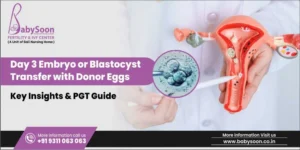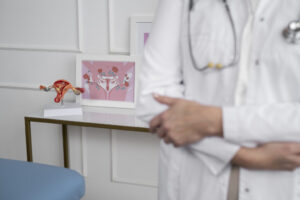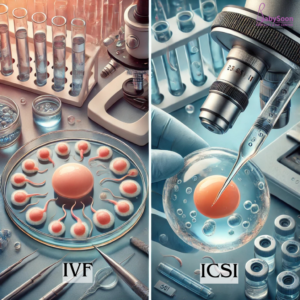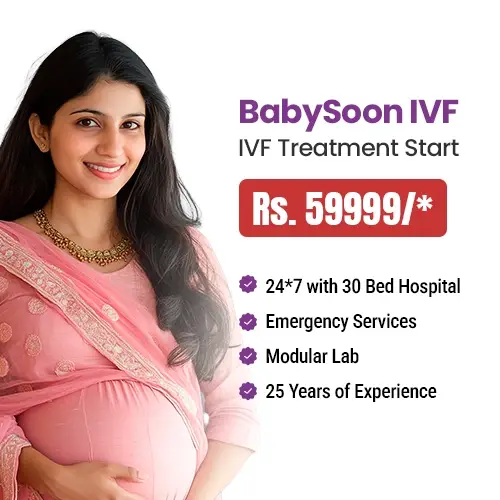In general, after attempting to conceive through unprotected intercourse for roughly a year, couples are deemed infertile. It can be daunting and overwhelming to cross the invisible border into the world of infertility. Along with feeling as though there are pregnancy announcements plastered everywhere you turn, you can be concerned about your general health and be unsure about what to do next. We provide the best Azoospermia Treatment in Delhi.
It’s not just you. About 12 to 13 couples out of every 100 struggle to conceive. According to reliable sources, male-factor infertility accounts for up to 50% of these cases. Azoospermia, which is characterized by an absence of all sperm in the semen, is one potential cause. Although uncommon, azoospermia affects one percent of reliable male donors and accounts for 10 to 15 percent of infertility cases.
Here is a brief explanation of how the body functions: In the testicles, sperm is produced. It passes through the reproductive system and combines with the seminal duct fluid. Semen, the viscous, white ejaculate that emerges from the penis, is made up of sperm and this fluid.
Best Male Infertility Treatment in Delhi
Azoospermia eliminates sperm from the equation. Even while you may have ejaculated, it is sperm-free. While the phrase “low sperm count” may be known to you, azoospermia is most commonly referred to as “no sperm count.”
Azoospermia comes in three different forms:
- Pre-testicular azoospermia (non-obstructive) is brought on by decreased sperm-producing hormone production.
- Any anomalies produce non-obstructive testicular azoospermia.
- Post-testicular azoospermia (obstructive) is caused by problems with ejaculation due to an obstruction of some sort in the reproductive tract.
Each form of azoospermia has a unique collection of potential causes or related health issues. In general, between 10 and 15 percent of instances of no or low sperm count are likely to be caused by genetic disorders that damage the Y chromosome.
Pre-Testicular Azoospermia
This non-obstructive kind could result from specific hereditary diseases. For instance, sperm production may be impacted by Kallmann syndrome, which interferes with the body’s capacity to create gonadotropin-releasing hormone (GnRH).






